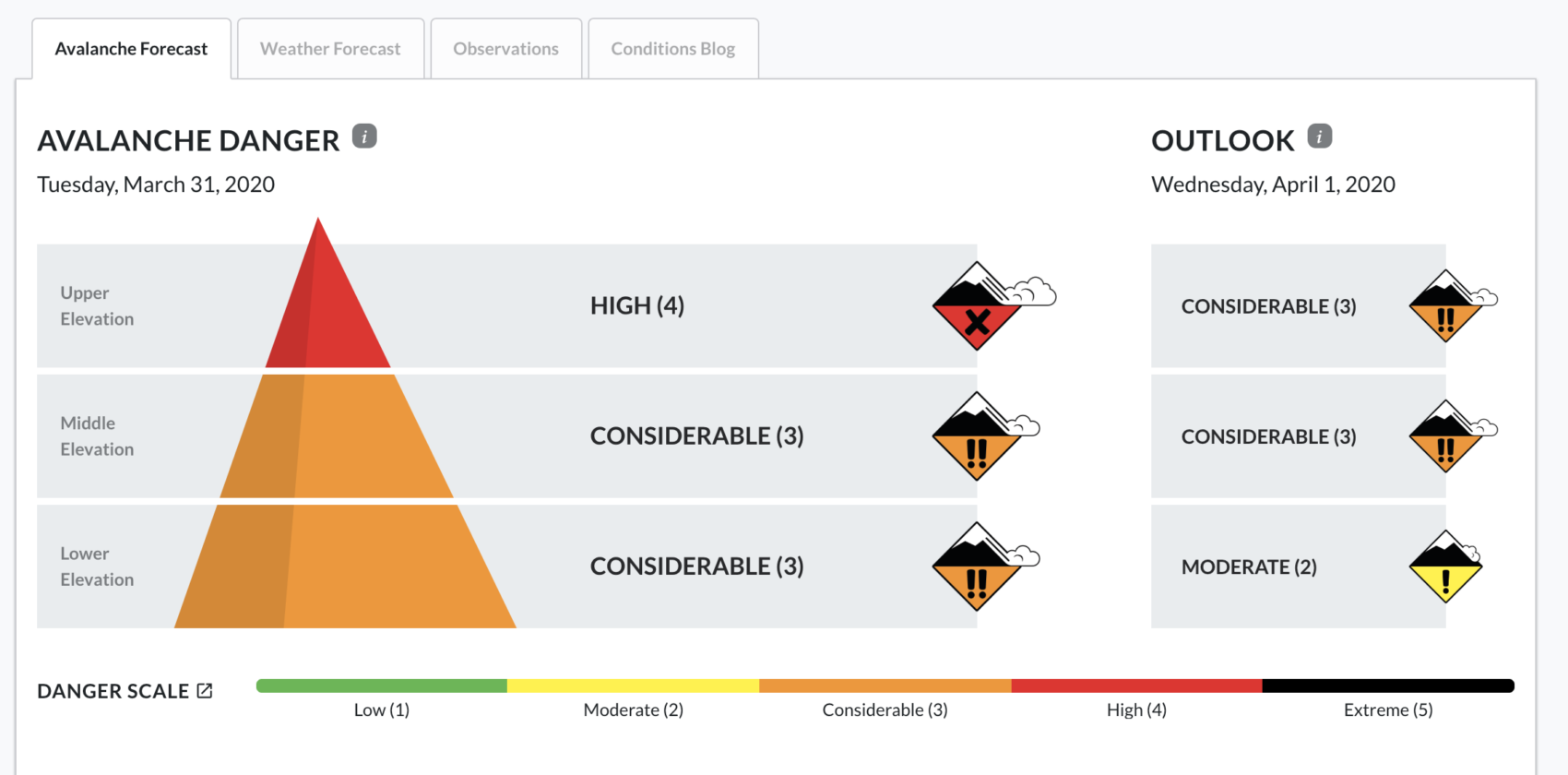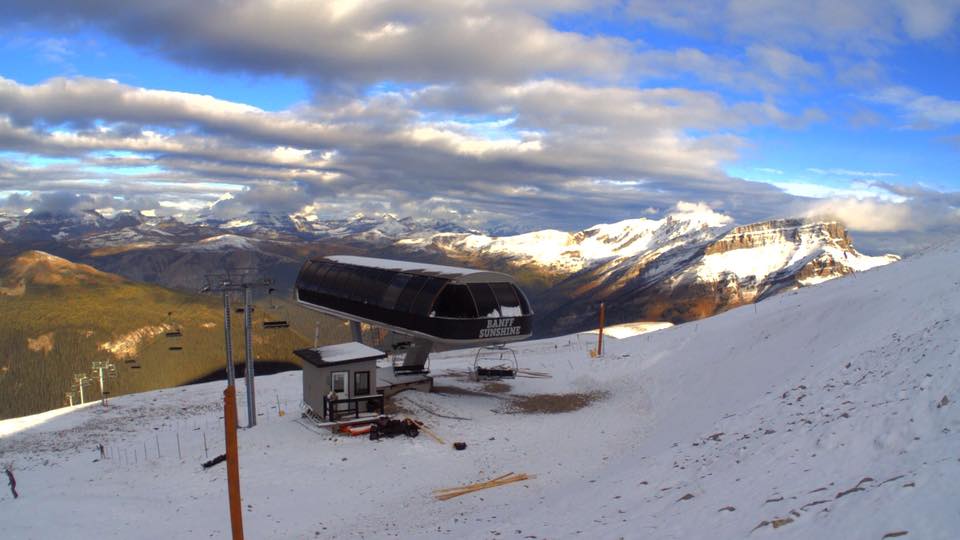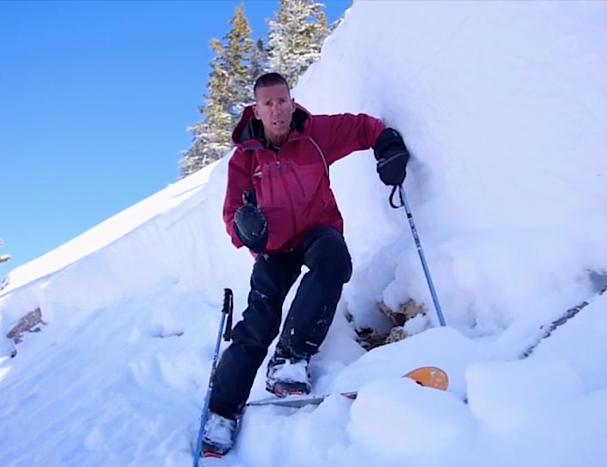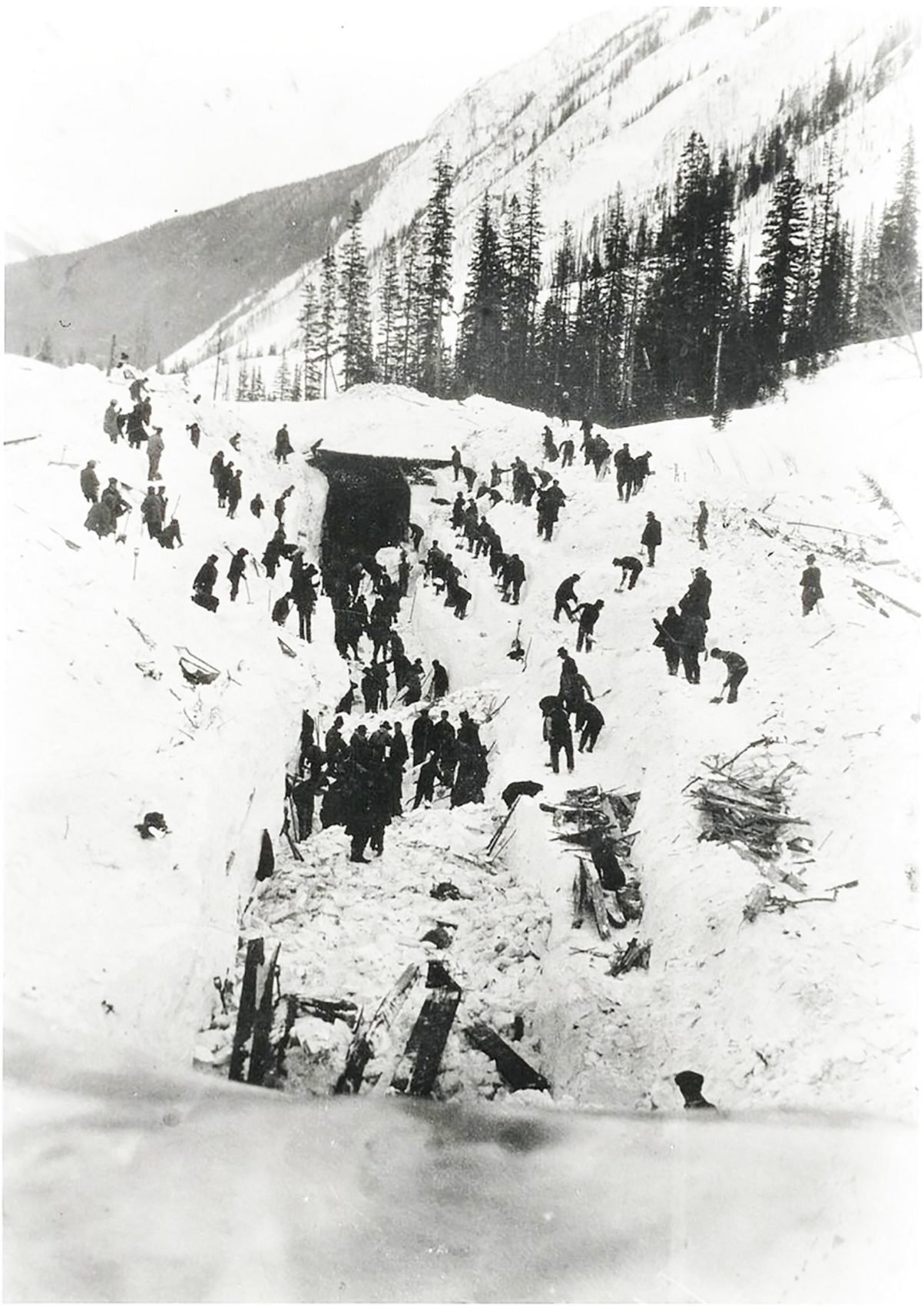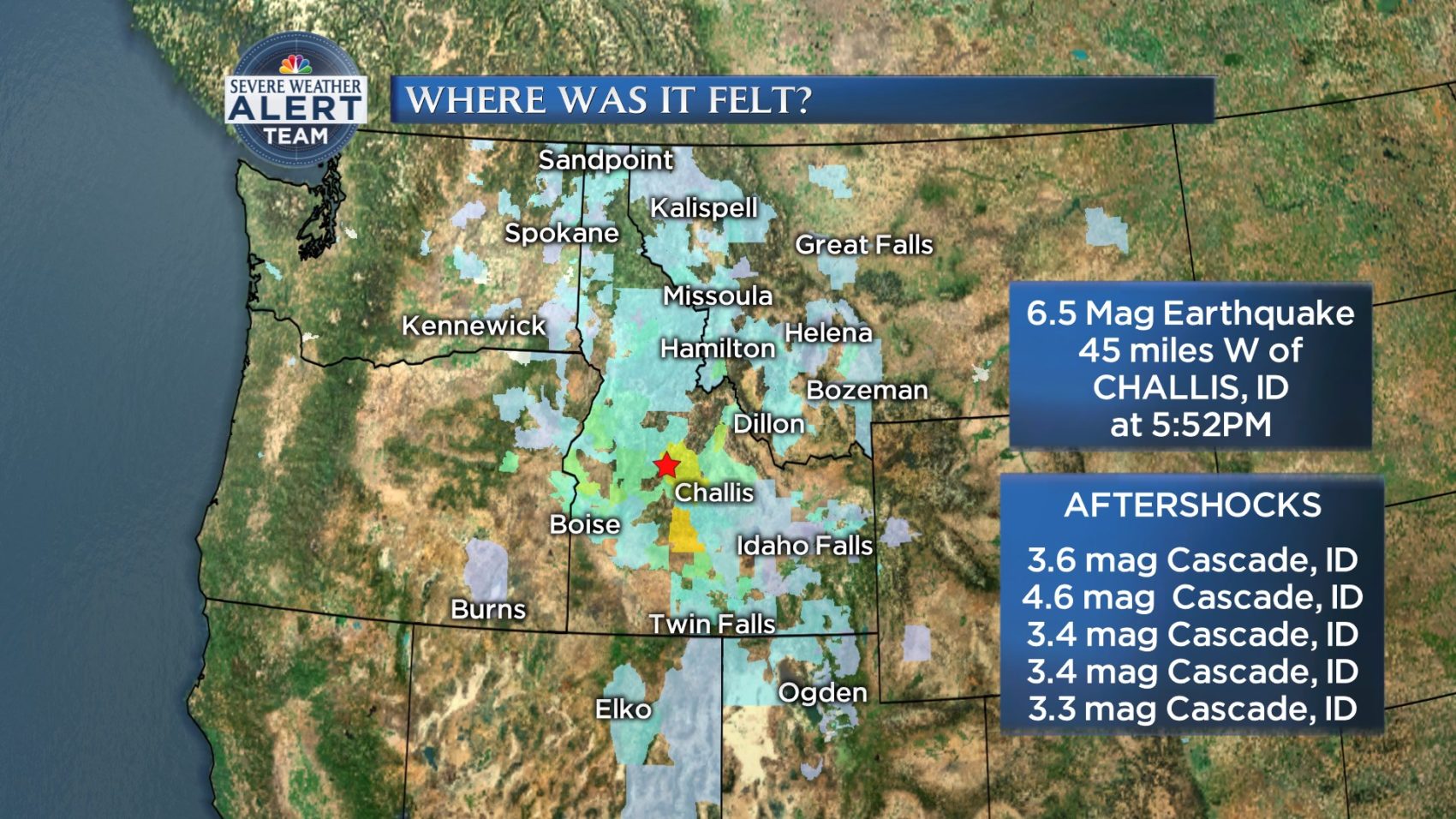
“Observers have reported hearing avalanches in the Sawtooths which lasted up to a minute from the town of Stanley.
– Sawtooth Avalanche Center, 3/31/20
A very large magnitude 6.5 earthquake occurred near Stanley, Idaho (18-miles from epicenter) today.
The Sawtooth Avalanche Center is claiming that observers in Stanley, ID heard avalanches in the Sawtooth mountains that lasted up to a minute.
A minute-long avalanche is a very long avalanche and likely a big one if it can be heard from Stanley.
The avalanche danger in the Banner Summit zone, ID was rated as HIGH today.
“A magnitude 6.5 earthquake occurred shortly before 6pm today. Early data indicates that the epicenter of the earthquake was just north of Banner Summit. Observers have reported hearing avalanches in the Sawtooths which lasted up to a minute from the town of Stanley. This avalanche pictured [below] was observed today on Copper Mountain, in the Banner Summit zone, before the earthquake occurred. The avalanche danger is rated HIGH in this zone today, thanks to an ongoing, intense spring storm. If you have any information about earthquake related avalanche activity, please reach out to us.”
- Sawtooth Avalanche Center, 3/31/20
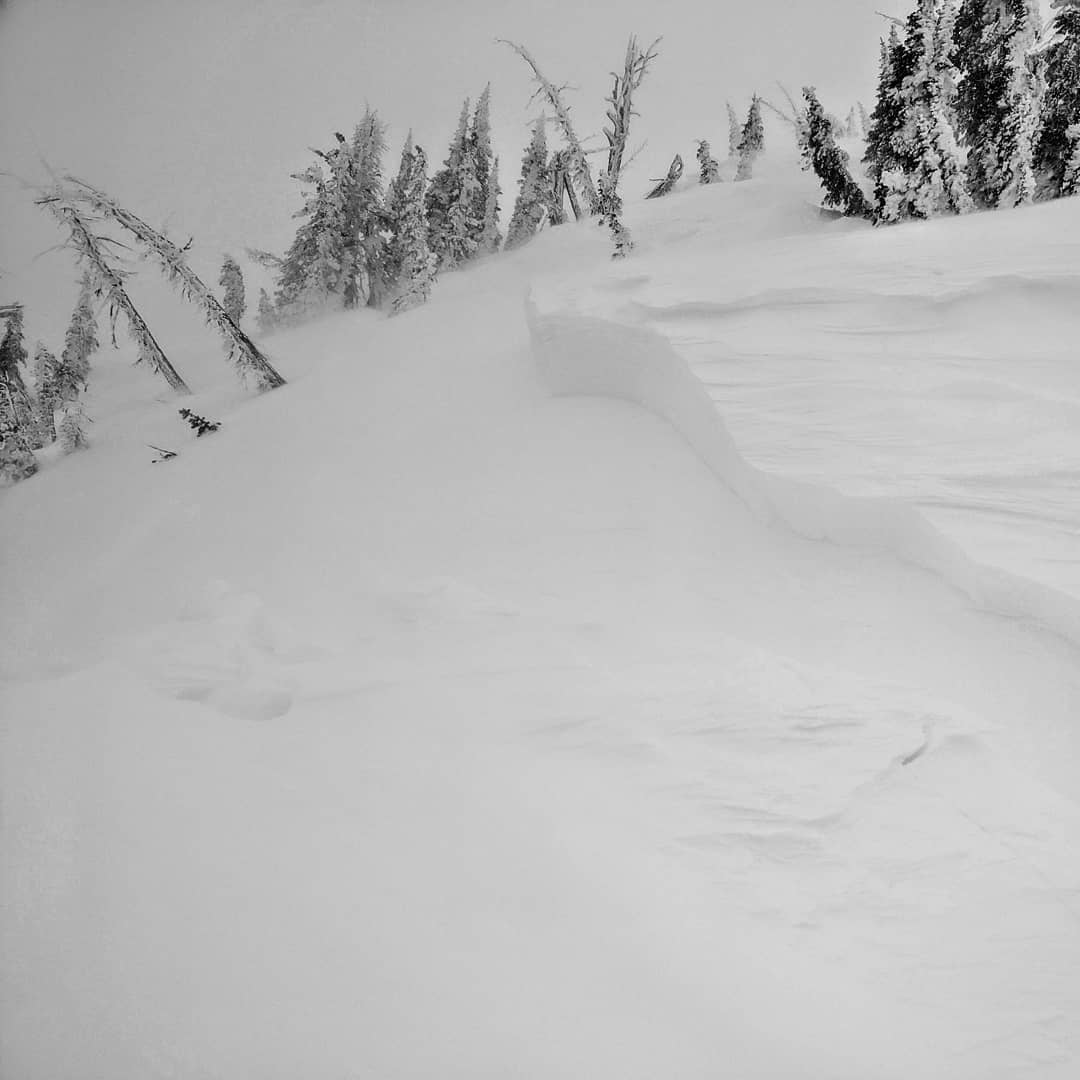
Earthquake Report by USGS on 3/31/20:
The March 31, 2020, M 6.5 earthquake west of Challis, Idaho (about 120 km northeast of Boise), occurred as the result of complex strike slip faulting within the shallow crust of the North America plate. Preliminary focal mechanism solutions for the event, which describe the style of faulting in an earthquake, indicate slip likely occurred on a steeply dipping fault striking either east-west (right-lateral) or north-south (left-lateral). This earthquake occurred within the Intermountain Seismic Belt, a prominent zone of recorded seismicity in the Intermountain West, and is within the western part of the Centennial Tectonic Belt, an area of southwest-northeast extension north of the Snake River Plain. The quake is about 16 km north-northeast of the Sawtooth fault, a 60-km-long normal fault that extends along the eastern base of the Sawtooth Range.
Historic seismicity in the immediate vicinity of the March 31 earthquake is sparse; no earthquakes of M5+ have occurred within 50 km of this event over the past 50 years, and the most notable historic seismicity in the region occurred about 100 km to the east on the Lost River fault zone. This was the site of the 1983 M6.9 Borah Peak earthquake (October 28, 1983), which was followed by five other M 5+ events over the following year, and most recently a M5.0 earthquake in January 2015, about 60 km to the east of today’s event. The March 31, 2020 event is the largest in Idaho since the Borah Peak earthquake. That event killed 2 in Challis, and resulted in over $12M in damage in the Challis-Mackay area. As of 1 hour after this earthquake, two aftershocks (M 4.6, M 3.6) have been located by the USGS, both to the south of the M 6.5 event.
Aftershock Forecast by USGS on 3/31/20:
Be ready for more earthquakes
- More earthquakes than usual (called aftershocks) will continue to occur near the mainshock.
- When there are more earthquakes, the chance of a large earthquake is greater which means that the chance of damage is greater.
- The USGS advises everyone to be aware of the possibility of aftershocks, especially when in or around vulnerable structures such as unreinforced masonry buildings.
- This earthquake could be part of a sequence. An earthquake sequence may have larger and potentially damaging earthquakes in the future, so remember to: Drop, Cover, and Hold on.
What we think will happen next
According to our forecast, over the next 1 Week there is a 4 % chance of one or more aftershocks that are larger than magnitude 6.5. It is likely that there will be smaller earthquakes over the next 1 Week, with 3 to 710 magnitude 3 or higher aftershocks. Magnitude 3 and above are large enough to be felt near the epicenter. The number of aftershocks will drop off over time, but a large aftershock can increase the numbers again, temporarily.
More details about the earthquake forecast are provided in the section “Our detailed aftershock forecast” below.
About this earthquake and related aftershocks
So far in this sequence there have been 9 magnitude 3 or higher earthquakes, which are strong enough to be felt, and 0 magnitude 5 or higher earthquakes, which are large enough to do damage.
Our detailed aftershock forecast
The USGS estimates the chance of more aftershocks as follows: Within the next 1 Week until 2020-04-08 02:00:00 (UTC):
- The chance of an earthquake of magnitude 3 or higher is > 99 %, and it is most likely that as few as 3 or as many as 710 such earthquakes may occur in the case that the sequence is re-invigorated by a larger aftershock.
- The chance of an earthquake of magnitude 5 or higher is 45 %, and it is most likely that as few as 0 or as many as 8 such earthquakes may occur.
- The chance of an earthquake of magnitude 6 or higher is 10 %, and it is most likely that as few as 0 or as many as 2 such earthquakes may occur.
- The chance of an earthquake of magnitude 7 or higher is 1 %, such an earthquake is possible but with a low probability.
About our earthquake forecasts
No one can predict the exact time or place of any earthquake, including aftershocks. Our earthquake forecasts give us an understanding of the chances of having more earthquakes within a given time period in the affected area. We calculate this earthquake forecast using a statistical analysis based on past earthquakes.
Our forecast changes as time passes due to decline in the frequency of aftershocks, larger aftershocks that may trigger further earthquakes, and changes in forecast modeling based on the data collected for this earthquake sequence.
